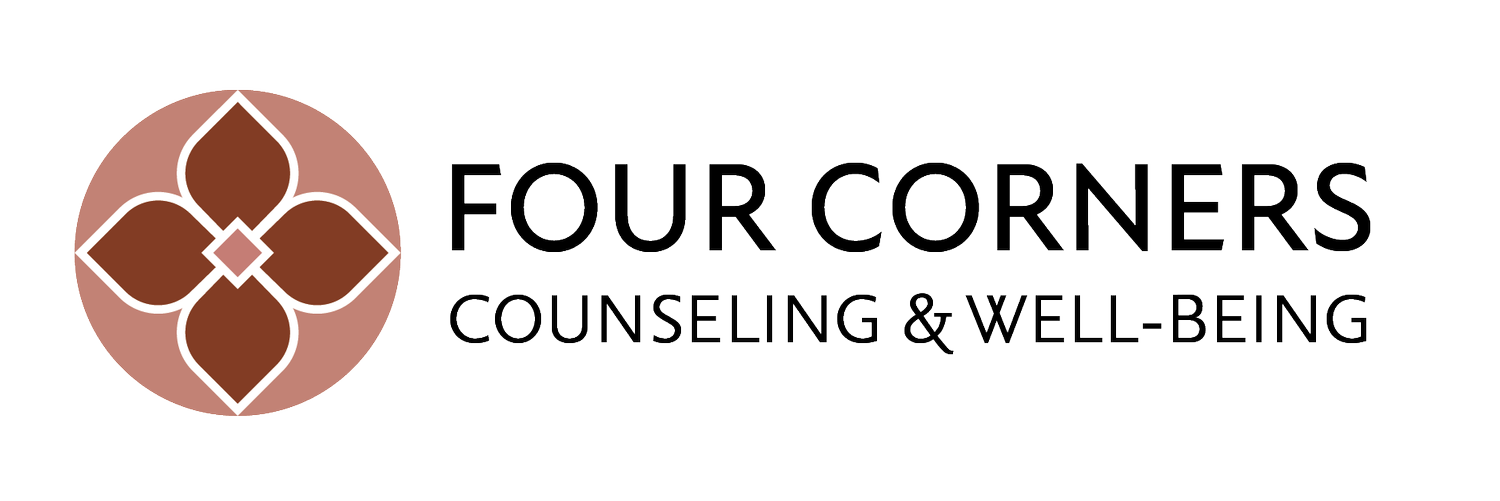Am I depressed?
So the depression is setting in. Gone are the days of adrenaline and frantic schedule-making. Now the days take on a quiet acceptance tinged with a sadness underneath. The most common issue I hear from my clients is the difficulty in not knowing when this pandemic will end. When will schools reopen, when will we get to see our families again? And when we do, what on earth will life look like? It’s hard to envision 60 children riding the school bus with face masks and gloves. Or rules around social distancing working for 7-year-olds each and every day. It can be easy to go to that dark, uncertain, scary place, where the days continue to blend, and the mind continues to worry. Sometimes you may wonder if you are clinically depressed. It’s important to understand depression and when to seek professional help.
Depression is a serious and often debilitating mental disorder that affects millions of people worldwide. It is characterized by symptoms such as low mood/sadness, hopelessness, fatigue, poor concentration, frequent crying, changes in appetite, and low self esteem over a period of at least 3 months. It can be accompanied by thoughts of suicide and wanting to die. The symptoms can be so severe that they impact your daily functioning and ability to look after yourself. Many of us have experienced these symptoms over the course of our lifetimes, but the key here is duration and severity of symptoms.
During these scary and unprecedented times, many of us have felt many of these symptoms of depression to varying degrees. It’s important to assess how it is impacting your functioning on a day to day basis. Am I staying in bed all day unable to get my work done? Am I frequently crying and reaching for food or alcohol to soothe me? Do I have thoughts of harming myself or feel like there is no way out of this situation? These are signs that it is essential to talk to a therapist or doctor and/or psychiatrist. There is help available, and you CAN feel better.
In my practice, I frequently teach clients the basic concepts of Polyvagal Theory - and the understanding of our autonomic nervous system. This theory can help us understand our depression and anxiety. Our autonomic nervous system is our primary source of survival in our system. It alerts us, sometimes, when we are not fully aware (through a process called neuroception) that we may be in danger, and seeks to find safety. It picks up on cues of danger, and responds accordingly. It is commonly thought about as a ladder.
Bottom of ladder: Dorsal Vagal: This is where we are so overwhelmed by a sense of danger that we collapse, shut down, and become immobilized. We may feel deep depression, and feel “Stuck”, unable to move ourselves out of our bad place.
Middle of ladder: Sympathetic Nervous System : this is where mobilization occurs, but we are not yet feeling safe - we feel some level of danger but are not completely overwhelmed by it. We feel anxious, angry, and agitated, in our attempts to seek security. Many of us spend a lot of time in this state.
Top of ladder: Ventral Vagal : This is where we feel safe, secure, social and engaged. We don’t sense threat around us, so we are able to focus on thriving, not just surviving. This is the calm and regulated state of our nervous system.
Obviously we would like to spend most of our time at the top of the ladder, in Ventral Vagal, feeling safe and secure. But the reality is that we move up and down the ladder many times throughout our day, or our week. Our aim is to identify where we are on the ladder at any given time, and use tools and resources to move back up the ladder into Ventral Vagal. What steps can we take to move from SNS or dorsal up toward ventral?
With Polyvagal Theory in mind, which rung on the ladder do you find yourself most often during this Covid 19 pandemic? Do you feel at ease, relaxed, and happy most of the time, anxious and angry, or sad and depressed? Or a combination of states? How do we find safety and security in a time when our bodies are responding to its need for survival?
The answer may be simpler and more accessible than you may think. Try to think about internal and external resources available to you that might help you feel calmer. Example 1: When I am feeling anxious and irritable (SNS), I make myself a cup of tea and sit outside for 10 minutes. That simple activity moves me from SNS to ventral. Example 2: When I am feeling stuck in dorsal and feel like this pandemic will never end, I call a friend with whom I can share my feelings. I notice my mood moving from hopelessness (dorsal) to anger (SNS), and then toward connection and calm (Ventral).
I encourage you to notice your own states and the resources in your life that help you take steps to move toward a safer and happier place. And if you need help in identifying and accessing these internal and external resources, we are here to help.
